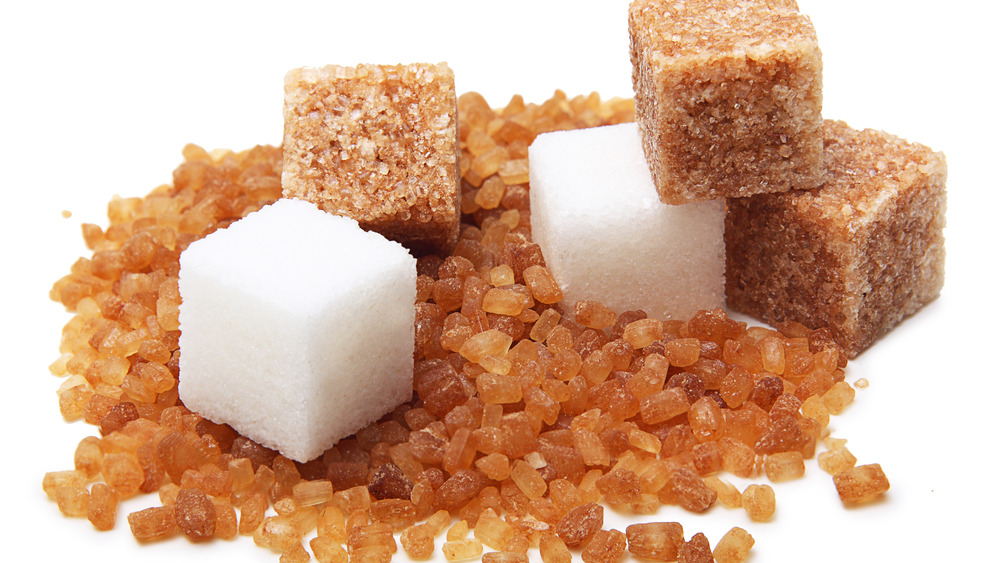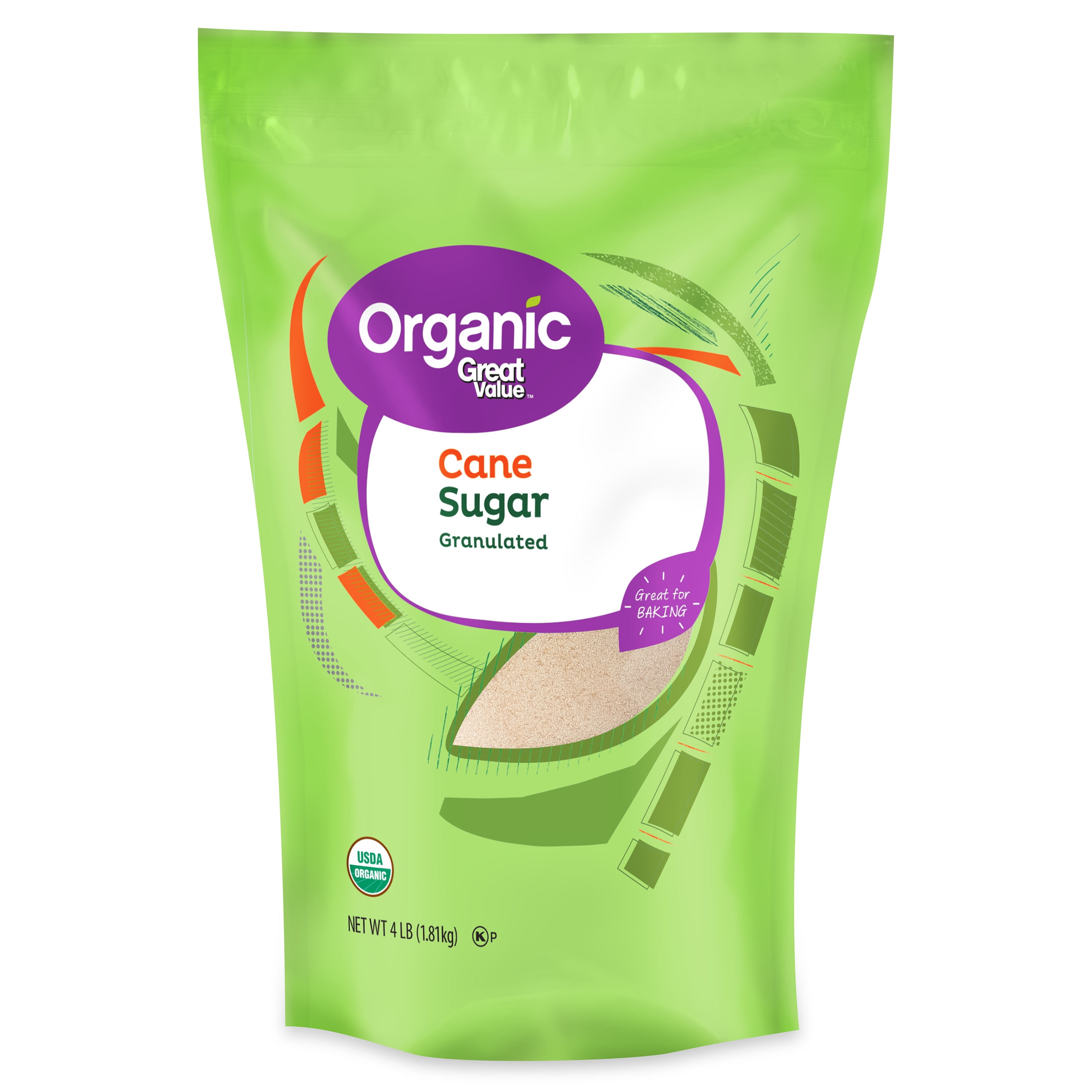Cane Sugar Processing: Cutting-edge Methods for Quality Manufacturing
Cane Sugar Processing: Cutting-edge Methods for Quality Manufacturing
Blog Article
Recognizing the Important Techniques and Technologies Used in Modern Walking Cane Sugar Handling
The development of walking stick sugar handling has actually been considerably shaped by the assimilation of innovative methods and modern technologies that deal with both effectiveness and sustainability. As we discover these important developments, it ends up being essential to analyze just how they not only enhance production however likewise line up with wider market fads and consumer needs, raising inquiries regarding the future of sugar handling and its effects for worldwide markets.
Historic Context of Walking Stick Sugar Processing
The historical context of walking stick sugar handling reveals a rich tapestry of farming advancement and social exchange that has actually shaped its development over centuries. Coming From Southeast Asia, sugarcane was grown as early as 8000 BCE - Cane Sugar Processing. The process of refining and drawing out sugar acquired energy in India, where techniques for crystallization were refined around the sixth century. This expertise passed through to the Center East, and by the 12th century, sugar became a valued product in Europe, bring about the establishment of sugar vineyards in the Mediterranean.

Advanced Removal Strategies
Efficiency in walking cane sugar removal has seen significant advancements, driven by the requirement for higher returns and reduced production prices. Traditional techniques have actually progressed, offering way to cutting-edge technologies that enhance the efficiency of the removal procedure. One noteworthy improvement is making use of enzyme-assisted removal, in which certain enzymes break down cell walls and release more sucrose from the walking stick fibers. This strategy not only boosts sugar return however additionally minimizes the power required for handling.
In addition, the fostering of membrane filtration technologies, such as nanofiltration and reverse osmosis, has revolutionized the splitting up of sugar from contaminations. These techniques enable the discerning permeation of sugar particles while preserving bigger contaminants, improving the extraction process and reducing waste.
In addition, the assimilation of continuous extraction systems has brought about boosted functional effectiveness. Cane Sugar Processing. These systems preserve a consistent circulation of cane product, making sure optimum extraction problems and reducing downtime related to set processing
Innovative Refining Technologies
Refining techniques in walking stick sugar processing have undertaken a transformative change, driven by the demand for greater pureness and enhanced product top quality. One of one of the most remarkable technologies is the fostering of membrane filtration innovations, such as ultrafiltration and nanofiltration. These processes successfully get rid of impurities and colorants without the need for substantial chemical treatments, thereby protecting the sugar's all-natural flavor and boosting its appeal.
An additional substantial improvement is using ion exchange materials, which enable careful removal of unwanted ions from sugar solutions. This innovation not just enhances the overall purity of the end product yet also adds to lowered waste and environmental effect.
Additionally, improvements in adsorption methods, making use of turned on carbon and other sophisticated products, have confirmed efficient in decolorizing sugar options while keeping optimum top quality. The combination of these innovative refining innovations makes sure that suppliers can create refined sugar with superior clearness and taste, satisfying the progressing preferences of customers.
Automation and Control Equipment
Recent innovations in refining innovations have actually led the way for substantial enhancements in automation and control systems within cane sugar handling centers. These systems utilize advanced software application and hardware to enhance operational efficiency, decrease human mistake, and make sure regular product quality.
Modern automation integrates different parts, including sensing units, actuators, and programmable reasoning controllers (PLCs), making it possible for real-time surveillance and control of important procedures. For instance, temperature, circulation, and pressure rates can be specifically managed during removal, clarification, and condensation stages, enhancing efficiency and minimizing waste.
Additionally, progressed data analytics and equipment discovering algorithms play a critical function in anticipating maintenance, enabling operators to prepare for tools failings before they occur. This proactive strategy not only reduces downtime yet also prolongs the life expectancy of machinery.
Furthermore, automation assists in the execution of Industry 4.0 principles, encouraging sugar mills to achieve higher connectivity and data exchange throughout procedures. Therefore, decision-making becomes more dexterous and enlightened, inevitably improving the general competition of cane important link sugar production. With these developments, the industry is well-positioned to satisfy growing international needs while keeping functional excellence.
Sustainability Practices in Sugar Production
Sustainability techniques in sugar manufacturing have actually become significantly vital as the market seeks to balance financial practicality with ecological obligation. As customer understanding grows regarding the ecological effects of agricultural methods, sugar producers are embracing cutting-edge techniques to minimize their eco-friendly footprint.
One significant strategy is the execution of precision agriculture strategies, which make use of information analytics to maximize source usage, such as water and plant foods. This decreases waste and lessens the influence on neighborhood ecological communities. Moreover, several manufacturers are transitioning to renewable resource resources, such as biomass from sugarcane byproducts, to power their operations, consequently lowering reliance on nonrenewable fuel sources.
Water management techniques are also essential; rainwater harvesting and reliable irrigation systems aid mitigate water deficiency issues. Cane Sugar Processing. Furthermore, incorporated insect monitoring strategies lower chemical use, advertising biodiversity and soil health and wellness
Corporate social responsibility initiatives are arising, with business buying neighborhood communities and making certain fair labor techniques. By embracing these sustainability methods, the sugar sector not only enhances its reputation however also adds to a much more lasting agricultural landscape, leading the way for future generations.

Verdict
In recap, contemporary walking stick sugar processing includes a range of advanced methods and modern technologies that substantially enhance sustainability, return, and effectiveness. The adoption of ingenious removal and refining approaches, together with automation and control systems, assists in enhanced operational performance and item quality. In addition, the emphasis on sustainable techniques emphasizes a commitment to lessening ecological influence and advertising moral production. Jointly, these advancements position the walking cane sugar industry to meet contemporary needs while addressing vital global challenges.
The advancement of walking stick sugar handling has been substantially formed by the combination of advanced strategies and technologies that address both efficiency and sustainability.The historic context of cane sugar processing exposes an abundant tapestry of farming technology and cultural exchange that has actually see formed its advancement over centuries. Developments in milling and refining emerged, laying the foundation for modern walking stick sugar processing.Refining methods in walking stick sugar processing have actually undertaken a transformative change, driven by the look at this web-site need for greater purity and enhanced item top quality.In summary, contemporary cane sugar handling includes an array of innovative strategies and technologies that substantially boost effectiveness, sustainability, and yield.
Report this page